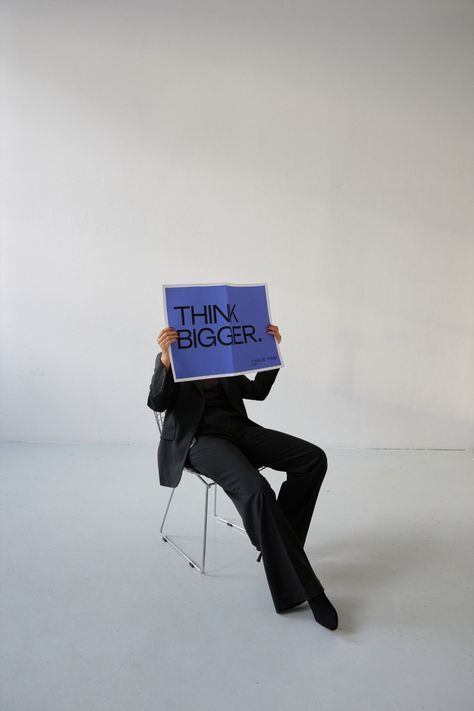Scaling Meta Ads for Luxury Brands - Creative First, Performance Second
Scale comes from creative fit and signal quality, not button‑pushing. Keep one idea per asset, subtitles on, placements brand‑safe, budgets stable, and pages aligned. Measure MER and cohort LTV alongside ROAS; retire losers fast and recut winners.

In luxury, Meta doesn’t scale because you push budgets, it scales because your creative is worth showing to more people. When the first frame reads premium, the claim is specific and calm, and the landing experience answers the next question, the auction rewards you with cheaper, better impressions.
Problem → Many luxury accounts try to ‘scale’ by adding campaigns or raising budgets daily. That thrashes learning, inflates CPMs, and forces shouty creative that harms equity.
Solution → Build a creative‑led engine: one system of ideas cut for each stage, a calm account structure (Advantage+ where it helps), clean signals (CAPI + consent), and landing pages that match the ad. Increase budgets steadily only when creative and conversion stay aligned.
Why creative leads scaling in luxury (not bids)
Meta prices attention by predicted relevance and action. The quickest path to cheaper reach is premium creative that holds attention without gimmicks. Start with finish or movement, let subtitles carry clarity, and avoid urgency or status‑signalling claims.
The scaling framework (prospecting → retargeting → loyalty)
Prospecting introduces a point of view; retargeting removes doubt with proof and policies; loyalty deepens care and access. Keep sequencing consistent so users see a calm story, not random ads.
Creative system & message pillars (one job per asset)
Rotate four pillars, Craft/Materials, Service/Care, Practicality/Use, and Longevity/Value. Each asset does one job: teach a benefit, show a process, or reassure with social proof. First seconds: finish/movement; 9:16 framing; subtitles; minimal overlays. Carry winning shots onto landing pages for continuity.
Account architecture for scale without thrash
Prefer consolidation over fragmentation. Use Advantage+ Shopping/Catalogue for e‑commerce when your catalogue, imagery and exclusions are premium. Run one to two consolidated prospecting sets (broad/Advantage+ Audiences) with smart exclusions (recent buyers, low‑fit segments), and a clean retargeting lane sequenced by recency. Avoid daily rebuilds; let sets exit learning before judging.
Placements & suitability (right rooms, right price)
Lead with Instagram Feed, Reels and Stories; extend to Facebook Feed where tone fits. Use content suitability controls and brand safety filters. Test including vs. excluding Audience Network; luxury brands often trade slightly higher CPMs for better downstream efficiency.
Signals & conversion setup (CAPI, consent, events)
Scaling requires predictable signals. Implement the Conversions API with deduplication, maintain event priority, and ensure consent capture is compliant. Optimise toward actions that indicate profitable demand (purchase, high‑value add‑to‑cart, appointment).
Budgeting & pacing (stability beats spikes)
Increase budgets in measured increments after assets prove they can hold efficiency. Avoid large intraday changes; use scheduled steps weekly. When scaling, add fresh cuts of the same winning concept before inventing new ones.
Testing methodology (hypotheses, not chaos)
Change one lever at a time: first frame, subtitle line, or proof order. Keep winners live while testing variants in parallel. Use holdouts or geo splits when spend allows; otherwise rotate week‑to‑week and track movement on stage‑specific KPIs.
Landing experiences that match the ad
Route prospecting to stories/collections; retargeting to proof‑rich PDPs; loyalty to care and access pages. On page: one‑line value → proof blocks (materials, service, social proof) → clear CTAs. Show delivery dates, returns and payment options up front.
Measurement that respects equity (beyond ROAS)
Judge scale by blended MER, CAC and cohort LTV as well as platform ROAS. Track non‑follower reach, completion, saves, add‑to‑cart rate and brand search lift. Guard against last‑click bias by reviewing exposed cohorts and repeat rate.
Lightweight scaling checklist (luxury‑safe)
• One idea per asset; finish or movement first
• Subtitles on; overlays minimal; policy‑safe claims
• Consolidated structure; broad with smart exclusions
• Instagram Feed/Reels/Stories first; suitability controls on
• CAPI implemented; events clean; consent captured
• Budgets stepped weekly; avoid thrash
• Pages match promise; proof blocks visible above the fold
Pros & cons of a creative‑first scaling approach
Pros. Cheaper, higher‑quality reach; stronger compounding efficiency; preserved brand codes across placements.
Cons. Requires editorial discipline and clean data; growth compounds steadily, not in spikes; testing must be methodical.
FAQs
Should luxury brands use Advantage+ Shopping/Catalogue?
Yes, when your images, catalogue data and exclusions are premium‑ready. It scales proven inputs; fix feed and creative first.
How do we know a concept is ready to scale?
Non‑follower reach and completion hold while CAC/ROAS remain stable across spend steps. Comments remain positive; landers convert without spikes in bounce.
Is Audience Network worth it?
Often no for luxury, but test. Removing it can raise CPM while improving add‑to‑cart and AOV. Judge by downstream efficiency, not CPM alone.
What’s a safe budget increase?
Commonly 10–20% per step once performance is stable 3–5 days. Larger jumps belong in controlled split tests, not live sets.
Do we need separate assets for each stage?
Often the same concept can be cut for each stage: longer editorial for prospecting, proof‑focused mid‑length for retargeting, and testimonial cuts for conversion/loyalty.
Conclusion
Scaling Meta for luxury isn’t louder media; it’s better craft. Lead with creative that earns attention, keep structure and signals clean, and grow budgets only when the story and the site keep pace. That’s how you compound performance without compromising the brand.





